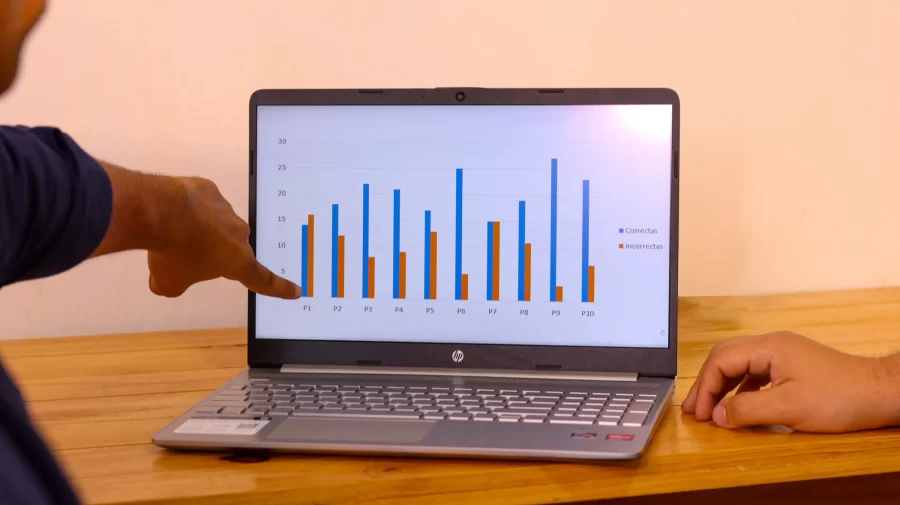Some jobs will require more than a CV. A portfolio showcases the past work and talents you carry with you in your professional career, updated as you progress and shown to potential clients and contractors.
However, it can be a very ample task to build one. While they should be simple, they shouldn’t just be a compilation of random things you’ve created. In this article, we’ll explore some tips to make building a portfolio easier!
What To Show
The first question you must ask yourself is what you want others to see in your portfolio. Remember, you want to help others know what you are capable of as a professional, so it’s essential to pick the past jobs, creations, and cases that best showcase your abilities.
If you’re starting or don’t have work to show, the first step would be to create things for your portfolio. Whether you’re an artist, a designer, a musician, a writer, or something else, you can continually develop mock pieces for your portfolio. These are creations that nobody hired you for.

Remember, the idea is to show what you can do. As you find work and create more stuff, you can constantly update the portfolio and eventually get rid of the mock pieces if you wish so; it’s essential to keep in mind that just like a resume, a portfolio needs to be continually updated with your best work to have the best chance at attracting clients.
But perhaps you specialize in something that isn’t quite visual, and you’d still like a portfolio.
Whether you are a sound engineer, sales specialist, product manager, or anything else, you can still shape a portfolio; you only need to focus less on results and more on the process of each job.
This will showcase the way you work and the results you can achieve. Considering this, you can start by documenting your process for your following jobs to eventually build up that portfolio.
When compiling your portfolio, be it as a file to be shared or as part of your website, remember to keep it simple. The whole purpose of it is to showcase your work, so don’t bog it down with lengthy captions or descriptions.
Select the best 10-20 that you’d like others to see, having a mind to expose all the talents you want to; perhaps some of your work shows one side of you, while other pieces show different talents—you want to give the incoming audience a taste of everything.
Websites like Squarespace and Wix offer easy tools for creating a personal website or an online portfolio.
Easy To Navigate
While making a portfolio a dump of your best work is sound, you need to think about making it easy for the audience to navigate. A good idea, especially if you have a lot of diverse work to show, is to create categories.
Categories can demonstrate your range. If you’re a marketing generalist who does social media strategy, press outreach, and blog copy, you’d probably want to categorize your work as well. After all, you wouldn’t want someone looking for Instagram help to have to sort through the magazine placements you’ve scored as former clients.
A Part Of You
Portfolios don’t just show your work but give people an idea of who they’d be working with, just like a resume. Just as crucial for a potential hire as it is to see your past work, it’s getting to know who created everything in the first place.
The best way to accomplish this is to create a section about you on your portfolio. Consider making an “About” section, like the ones you see on the websites of many companies, that’s all about you and your story as a person and a professional.
Remember to include a picture of yourself and your background story, and don’t avoid including personal stuff. I speak from experience that even the silliest personal hobbies not only help to humanize you in the eyes of others but can also work as a hire-hook!
A good portfolio is made even better when it’s part of a robust personal website—including your story, background, and the type of person you’d like to work with. Here’s a link that can give you some tips on personal websites, which usually come hand in hand with portfolios, so if you’re creating one, consider building the two together!
Conclusion
Your work deserves to be seen and appreciated. A good portfolio can help you find more work and even specialize. If you dedicate time and love to it, the results you reap can benefit your career. So consider putting in the time and effort to create that excellent portfolio that shows the world how awesome you are!
See more articles by Haward Méndez.





